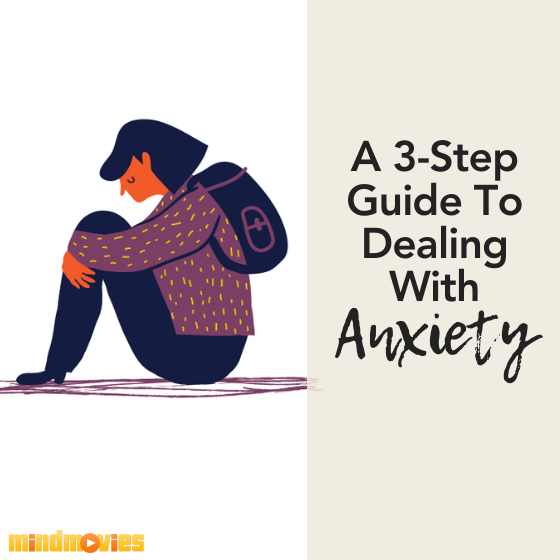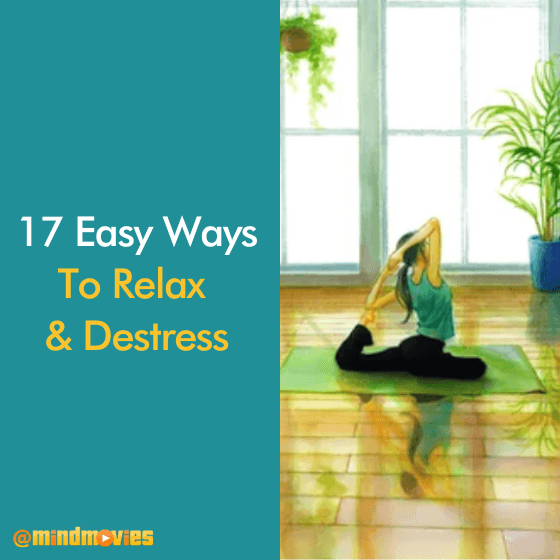Although visualization is a widely popular term used in the personal development field, there are some misconceptions that can make it a hard concept to understand.
So, if you’d like to gain a deeper understanding of what visualization is and how to use it to harness its power effectively, then discover below some frequently asked questions that I get from our community and my answers:
Q. What's the difference between visualization and meditation?
A. The purpose of meditation is to connect with the essence of who we really are and with God or our Source… with the Divine. When we meditate, we are in a state of deep relaxation. Some popular practices of meditation are by focusing on the breath, a sound, a mantra, or a sensation in the body.
Whereas visualization is a form of meditation that’s focused on creating a specific outcome.
A very popular intent is holistic health & healing . One way to do this effectively is by picturing the part of your body that’s fighting off the disease and picturing it in a state of complete health. Or perhaps, it’s seeing yourself running or feeling energetic.
The greatest difference between meditation and visualization is the goal behind it. With meditation, one of our goals is to not think, yet with visualization, the important part is to actually think - to focus on your goal, your ideal life, and your desired outcome.
Q. How exactly does visualization help me heal?
A. When you’re using visualization to heal, the first thing you need to do is shift your mindset. For example, when people are in pain, they feel this pain, and they think about the pain. So what is the opposite of that? How do we think of health vs. pain?
Let me explain.
Imagine you are someone who suffers from knee pain. Instead of focusing on the actual pain you feel in your knee, think of what it’ll feel and look like when it’s healed. What activities are you doing? Can you see yourself running and being strong?
It’s not just about what you'll see, but it’s also about how you’ll feel . Can you feel the sweat as you’re jogging up the hill? Can you sense that euphoric feeling of running along the bay? The more senses you experience during visualization, the better.
In essence, we are what we think. Our bodies react to the thoughts we think. Negative thoughts lower our immune system, while positive thoughts boost the immune system. So a great way to heal our bodies, is to think of them as healed. It sounds simple, doesn’t it? Well, it is! And yet it’s so powerful.
Q. How often should I practice visualization ?
A. I would suggest a minimum of once a day. Remember, it doesn’t have to be in a sitting, meditative pose. It can be as easy as daydreaming. Maybe you’re waiting in a long line, maybe you’re in the car looking out the passenger window.
Daydream of your perfect health, or having enough energy to do your favorite activities like running around and playing with your kids and family. The more often that you can put yourself in this situation in your mind's eye, the more your subconscious mind believes it is reality.
Q. Are there different types of visualization techniques?
1. Meditation. Whether it’s a guided meditation that leads you on a spiritual journey or a silent meditation where you are simply thinking of whatever comes to mind, or focusing on a specific goal, meditation is a great way to visualize.
2. See a movie in your mind. Play a movie in your mind and be one of the characters in that movie. See the movie play out how you’d like it to.
3. Experience all your senses. Put yourself into that desired scene. Make sure to invoke all the senses; touch, see, smell, sound, and taste. The more senses that you can activate, the more real it feels to yourself and your subconscious mind. By doing this, you vibrate at a different frequency, and that frequency is in alignment with what you are thinking and feeling. Whatever is a vibrational match to you, by Law of Attraction, is attracted back to you.
4. Daydreaming. Ever get lost in thought and drift away to a faraway land? Good! Enjoy that! Take yourself on a journey of a lifetime by daydreaming of your ideal life, your healthy body, your constant mood of happiness and confidence.
Q. What tools can I use to make visualization easier and more effective?
A. Vision Boards. Many of the world’s most successful people swear by vision boards - such as Oprah, Jim Carrey, and Will Smith. One of the greatest parts of vision boards, is the vivid images that you see which elicit strong feelings. A tool like Mind Movies is especially powerful because it puts those images into action.
Mind Movies also lets you add inspirational music to your ‘ideal life movie’ because music is an incredibly important tool that activates your senses. Just think about it. I’m sure you have particular songs that when you listen to them, remind you of your favorite vacation, or trigger a memory of that special person, or motivate you to get up and do something out of the ordinary.
And finally, affirmations. Affirmations are words or statements that are used in the present tense to state what you want. Such as: "I have vibrant health and plenty of energy to do my favorite hobbies." When repeated, these affirmations ingrain themselves in our subconscious minds, thus turning them into reality.
Q. I tend to get distracted when I visualize, what can I do?
A. First thing’s first! You are not alone! When it comes to visualization and meditation, it is very common to get distracted. Just know that it’s not always an overnight process. It takes time and practice, just like anything else.
To begin, set a goal for yourself to visualize for 1 minute... then 2 minutes... then 3 minutes. Your mind is like a muscle, and in doing this, you are conditioning your mind.
Another key to not getting distracted is to focus on ONE thing. I know it’s easy to dream up all the things we want in our lives - better health, a perfect partner, a nicer house. But it’s important to pick one at a time and focus on it alone.
Picture the scene that’s most important to you. If it’s better health, what will you do and how will you feel once you are in better shape or you have more energy? Will you be playing a sport? Going for long walks?
My other suggestion is to have fun with it! Because sometimes the distraction can stem from putting too much pressure on your visualization. You don’t have to dream up some elaborate, far-fetched life - instead, focus on something more realistic.
For example, instead of visualizing yourself going from the present state to having a 6-pack (though if that’s doable for you, congrats!), simply see yourself losing 5 pounds, 10 pounds, then fitting into your favorite skinny jeans, and so on. The best part of visualization is the joy that it brings to our inner and outer selves. So try to keep it light and meaningful :)
Q. Can you suggest a good book on creative visualization?
A. Shakti Gawain’s “Creative Visualization” book is amazing. The author explains how to use visualization to make a positive change in your life. The book also contains meditations and exercises to strengthen one’s self-esteem and improve overall health. Highly recommended!
And before you go, have you ever wondered: “What's it really going to take for me to finally lose weight and get fit and healthy?”
If this sounds like you, then take this eye-opening 30 second quiz to discover what’s sabotaging your fitness goals.








